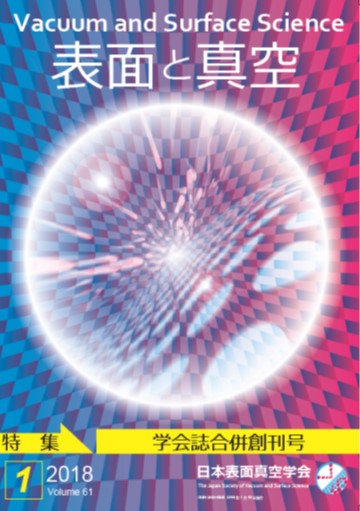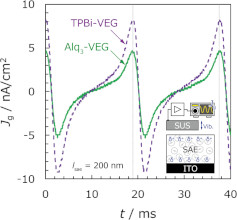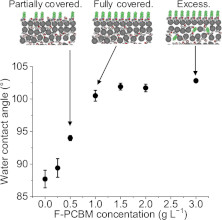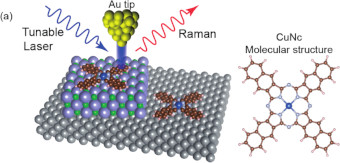64 巻, 1 号
特集「ここまで来た!実用化に向けた有機デバイスの現状」
選択された号の論文の14件中1~14を表示しています
- |<
- <
- 1
- >
- >|
新年のご挨拶
-
原稿種別: 新年のご挨拶
2021 年64 巻1 号 p. 1
発行日: 2021/01/10
公開日: 2021/01/10
PDF形式でダウンロード (334K)
巻頭言
-
原稿種別: 巻頭言
2021 年64 巻1 号 p. 2
発行日: 2021/01/10
公開日: 2021/01/10
PDF形式でダウンロード (352K)
特集「ここまで来た!実用化に向けた有機デバイスの現状」
-
原稿種別: 企画趣旨
2021 年64 巻1 号 p. 3
発行日: 2021/01/10
公開日: 2021/01/10
PDF形式でダウンロード (217K) -
 原稿種別: 研究紹介
原稿種別: 研究紹介
2021 年64 巻1 号 p. 4-9
発行日: 2021/01/10
公開日: 2021/01/10
PDF形式でダウンロード (1749K) -
原稿種別: 研究紹介
2021 年64 巻1 号 p. 10-15
発行日: 2021/01/10
公開日: 2021/01/10
PDF形式でダウンロード (5237K) -
原稿種別: 研究紹介
2021 年64 巻1 号 p. 16-21
発行日: 2021/01/10
公開日: 2021/01/10
PDF形式でダウンロード (3013K) -
原稿種別: 研究紹介
2021 年64 巻1 号 p. 22-27
発行日: 2021/01/10
公開日: 2021/01/10
PDF形式でダウンロード (8027K) -
原稿種別: 研究紹介
2021 年64 巻1 号 p. 28-33
発行日: 2021/01/10
公開日: 2021/01/10
PDF形式でダウンロード (2178K) -
原稿種別: 研究紹介
2021 年64 巻1 号 p. 34-39
発行日: 2021/01/10
公開日: 2021/01/10
PDF形式でダウンロード (6949K)
論文
-
原稿種別: 論文
2021 年64 巻1 号 p. 40-46
発行日: 2021/01/10
公開日: 2021/01/10
PDF形式でダウンロード (6956K)
報告
開催報告
-
原稿種別: 報告
2021 年64 巻1 号 p. 47
発行日: 2021/01/10
公開日: 2021/01/10
PDF形式でダウンロード (277K)
談話室
海外研究体験記
-
原稿種別: 談話室
2021 年64 巻1 号 p. 48-49
発行日: 2021/01/10
公開日: 2021/01/10
PDF形式でダウンロード (891K)
先端追跡
-
原稿種別: 先端追跡
2021 年64 巻1 号 p. 50
発行日: 2021/01/10
公開日: 2021/01/10
PDF形式でダウンロード (311K)
-
原稿種別: 書評
2021 年64 巻1 号 p. 51
発行日: 2021/01/10
公開日: 2021/01/10
PDF形式でダウンロード (247K)
- |<
- <
- 1
- >
- >|







